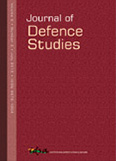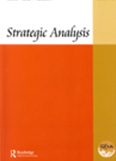3D Printing and Defence: A Silent Revolution
In a 3D printing technology, an object is created layer by layer through a specially designed printer using plastic or other materials. The most striking thing about 3D printing is the way it can convert the digital inventory into physical objects thereby reducing the requirement of critical storage space drastically.
- Sanjiv Tomar
- January 03, 2014









